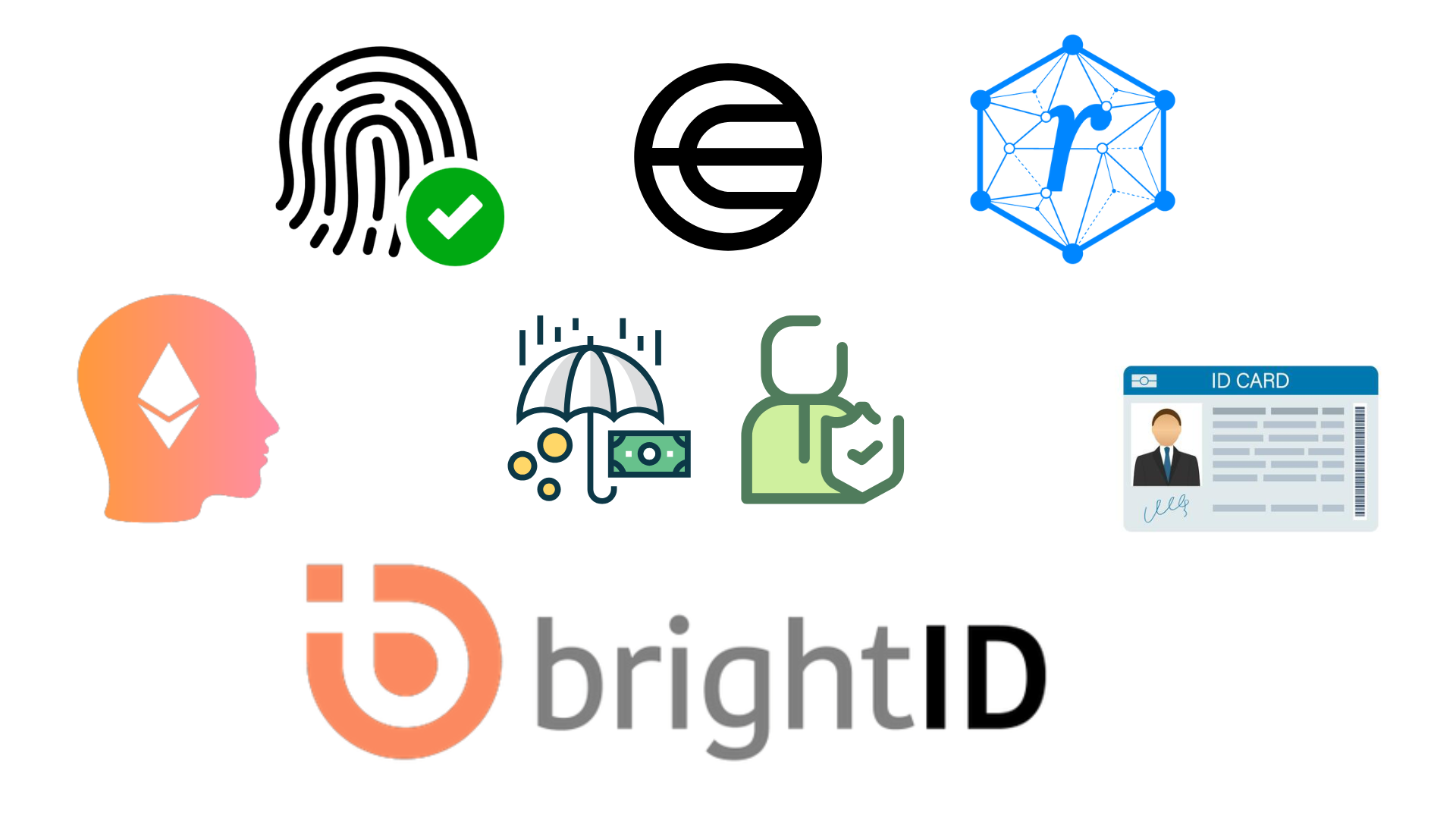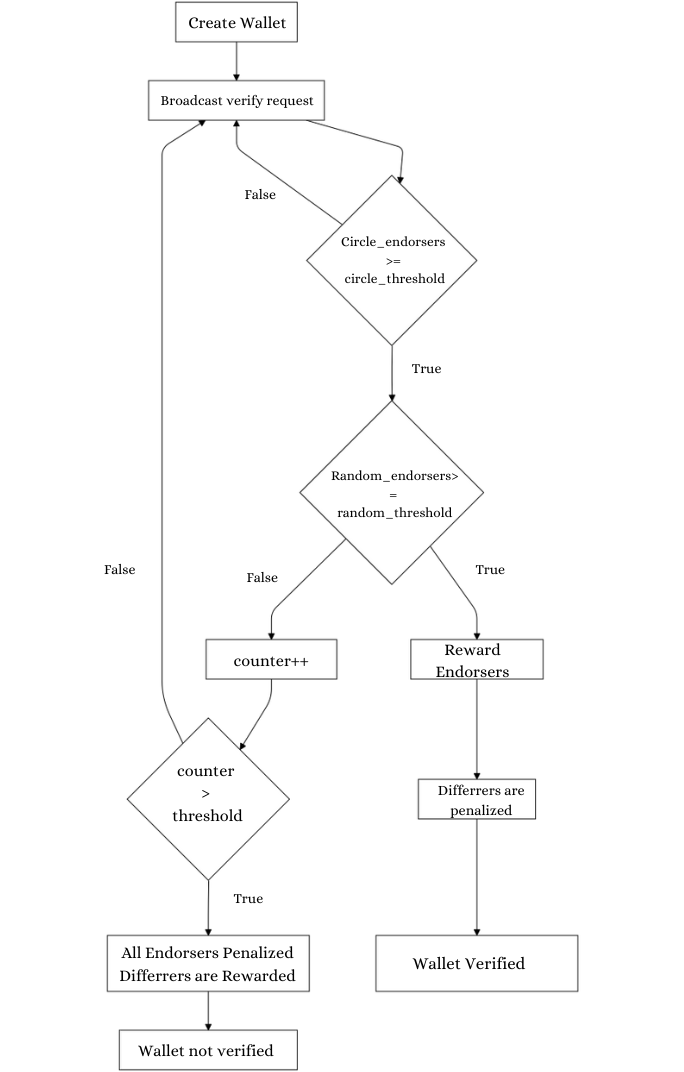Verification Process
The burden of proof falls on the wallet holder, meaning they must take proactive steps to maximize their chances of successful verification. Before initiating the process, they should ensure they have a reliable and effective way to prove their unique human identity.

This strict requirement will call for robust humanity verification methods that do not necessarily need to be conducted on-chain. Multiple competing verification mechanisms can emerge, potentially including insurance providers specializing in unique humanity verification. Random validators, in turn, could rely on these providers' judgments, creating a decentralized and efficient verification ecosystem.

The humanity verification protocol will need a certain threshold of validators to vote for the wallet's legitimacy for it to finally get verified.
If the threshold has been reached, the wallet gets verified, the endorsers will get rewarded, and the differers will be punished as they will lose their staked tokens.
If instead the threshold isn't met, a revote with new random validators will occur, with the same rules as before, and the revote will continue until an algorithmic threshold is reached. If it's still not met, the endorsers will lose their staked tokens and the differers will be rewarded.